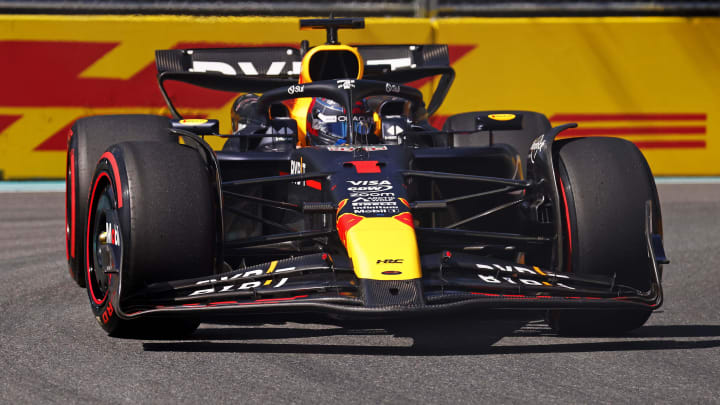F1 News: Insider Reveals Major Issues With Modern Car Design - 'A Lot Of Lap Time'

Former F1 champion Jenson Button has voiced concerns about the escalating weight of Formula 1 cars in the turbo-hybrid era, suggesting that it could significantly impact lap times. Not only that, he also pointed out that cars have grown in size to accommodate the hybrid systems, which contradicts the traditional racing philosophy of smaller and lighter cars.
Several Formula 1 drivers have also raised concerns about the weight and size of the cars, pointing out the challenges they face during Grands Prix, particularly in low-speed corners and when overtaking on narrow circuits.
Although the weight of the cars is reported to drop by 30kg in 2026 when the sport enters a new era of regulations, it is not enough to offset the 100kg weight gain observed since 2014. Button expressed weight concerns after driving his 2000 Williams FW22 at Silverstone during the British GP weekend. He told RacingNews365.com:
“It [the added weight] means that these guys have had to strap on so much downforce, so much power to be quicker than what the cars were back then.
“It puts a lot of load into the tyres, which means we struggle with tyres a little bit.
“I love that we're pushing technology and that's what F1 is all about, but when you see those cars [pre-2014 cars] go around and you hear them go around, it puts a massive grin on your face.”
Speaking about the future prospects of lighter cars, Button emphasized the difficulty in achieving the same weight as cars from the pre-turbo hybrid era. He added:
“Not with the hybrid power units, it’s very difficult.
“Obviously, the hybrid system is heavy, but also you have to lengthen the car. It’s much bigger because of that.
“We were at 600 kilograms with the driver back then [in the 2000s], so over 200 kilos [lighter]. And normally F1 teams say that 10 kilograms is three-tenths. So you work it out, it's a lot of lap time.”
